When it comes to choosing the right tires for your vehicle, the options seem endless.
In this post, I will be delving into the world of Nokian vs Sumitomo, two prominent tire brands with a rich history.
We will explore their dry, wet, and snow performances, mileage warranties, average lifespan, prices, and weigh their pros and cons.
By the end, we will determine which brand reigns supreme.
So, buckle up and let’s dive into this tire showdown!
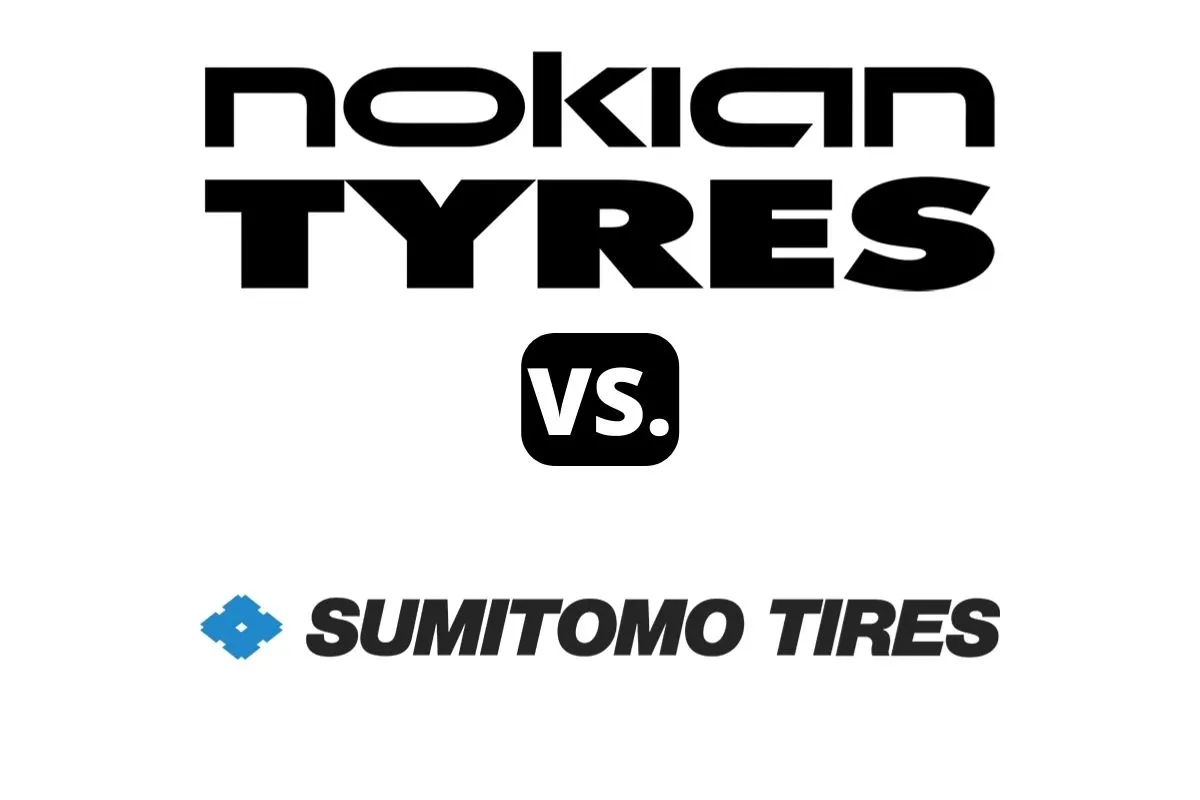
Nokian vs Sumitomo – Comparison Table
| Nokian | Sumitomo | |
| Country of Origin | Finland | Japan |
| Year Founded | 1988 | 1909 |
| Made In | Finland and Russia | Japan and the United States |
| Parent | Nokian Tyres plc (Finland) | Sumitomo Rubber Industries, Ltd. (Japan) |
About the Brands
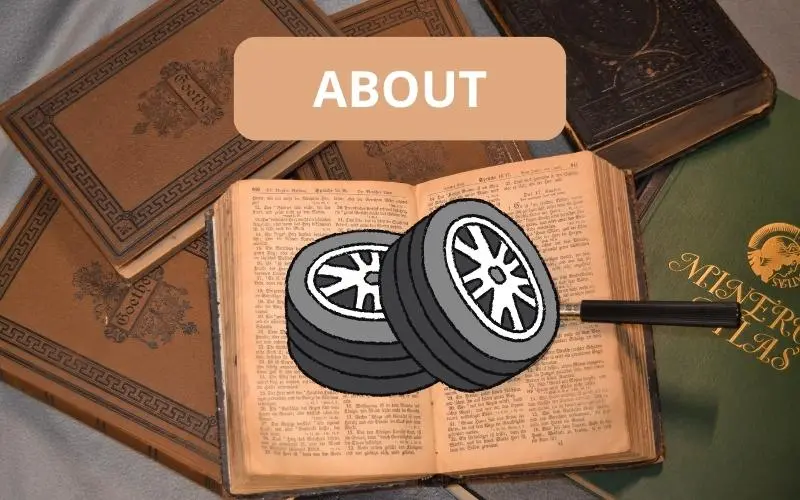
1. Nokian
Nokian Tyres, a renowned tire brand, was founded in Finland in 1988 and is currently a subsidiary of Nokian Tyres plc.
With a rich history spanning over three decades, Nokian has established itself as a leading global tire manufacturer.
The brand’s commitment to innovation and high-quality products has earned it a strong reputation in the industry.
Nokian is particularly known for its expertise in winter tires, thanks to its Finnish roots and the country’s demanding weather conditions.
The brand’s tires are designed to provide exceptional grip, safety, and durability in harsh winter conditions, making them popular worldwide.
Nokian’s continuous research and development efforts have resulted in numerous breakthroughs, including the introduction of unique technologies and eco-friendly materials in their tire manufacturing processes.
Today, Nokian Tyres continues to deliver cutting-edge tire solutions, catering to diverse customer needs across different regions.
Mostly Known for Manufacturing Tires For:
- Passenger cars
- SUVs (Sport Utility Vehicles)
- Vans
- Light trucks
- Heavy machinery
2. Sumitomo
Sumitomo, a renowned tire brand, has a rich history that began in 1909 in Japan.
Founded by Sumitomo Rubber Industries, the company has become a global leader in the tire industry.
With over a century of expertise, Sumitomo has established a reputation for producing high-quality and reliable tires for various vehicles.
Over the years, Sumitomo has continuously evolved its tire manufacturing techniques, incorporating cutting-edge technology and innovative designs.
This commitment to innovation has allowed Sumitomo to offer a wide range of tire options suitable for diverse road conditions and vehicle types.
As a Japanese brand, Sumitomo has embraced the country’s ethos of precision engineering and meticulous attention to detail.
This commitment to excellence has earned the brand a loyal customer base worldwide.
Today, Sumitomo tires are known for their durability, performance, and excellent traction, providing drivers with a safe and comfortable driving experience.
With its longstanding history and affiliation with Sumitomo Rubber Industries, the Sumitomo brand remains a trusted choice for drivers seeking superior tires that combine Japanese craftsmanship, innovation, and reliability.
Mostly Known for Manufacturing Tires For:
- Passenger cars
- SUVs (Sport Utility Vehicles)
- Light trucks
- Medium trucks
- High-performance and racing vehicles
- Motorcycles
- Agricultural applications
- Commercial vehicles
Differences
1. Dry Performance
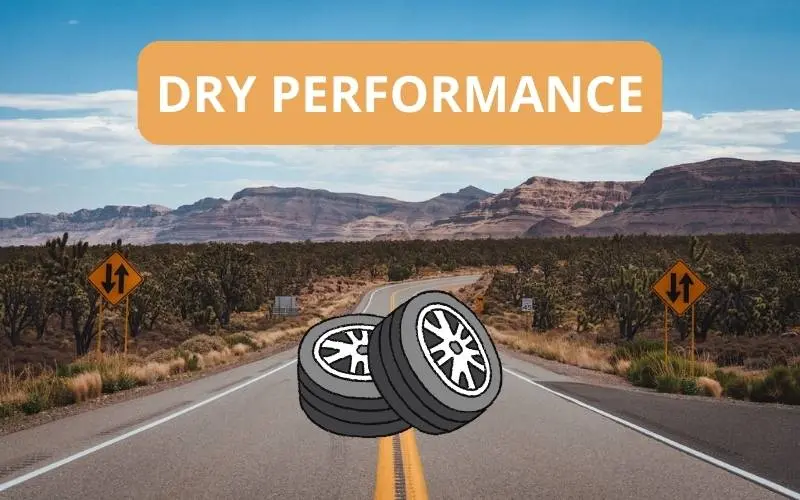
I’m going to compare the performance of two summer tires as they are the ideal type in dry weather.
I’m taking a look at the Nokian zLine vs the Sumitomo HTR Z5.
In my evaluation, as the one giving the dry performance rating from 1 to 5, I would rate the Nokian zLine with a 4.2 and the Sumitomo HTR Z5 with a 4.4.
The Nokian zLine impresses with precise handling, good dry traction, and a sporty performance, while the Sumitomo HTR Z5 offers superior dry handling, maximum performance in summer conditions, and enhanced dry traction.
Although the Sumitomo tire receives a slightly higher rating, both tires demonstrate strong attributes for confident and responsive driving on dry roads.
Therefore, it can be considered a tie between the two in terms of dry performance.
2. Wet Performance
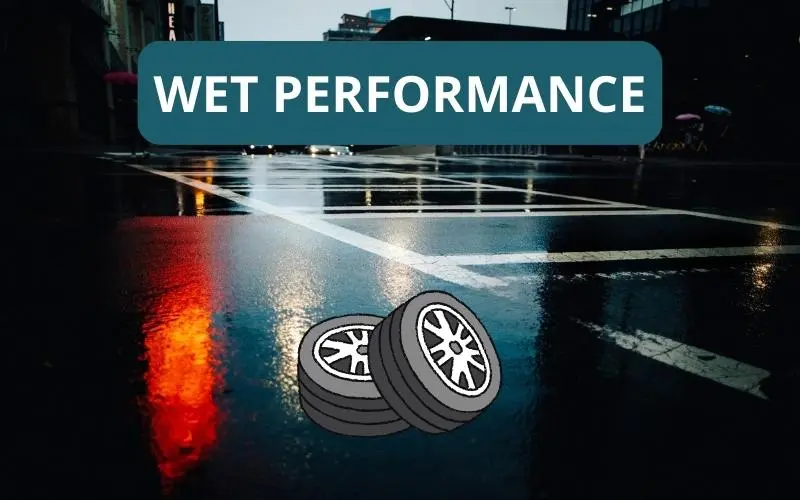
For the wet performance, I’ll be comparing the Nokian WR G4 vs the Sumitomo HTR A/S P02.
As someone who has personally evaluated the wet performance of both the Nokian WR G4 and Sumitomo HTR A/S P02 tires, I would rate the Nokian WR G4 slightly higher with a wet performance rating of 4.6 out of 5.
This tire demonstrates excellent wet grip and cornering stability, thanks to its all-weather design and asymmetric tread pattern.
On the other hand, the Sumitomo HTR A/S P02 tire also offers good wet traction (rating of 4.4) due to its silica-enhanced tread compound and asymmetric tread pattern.
While the HTR A/S P02 lacks detailed wet braking information, it should still provide satisfactory wet braking performance.
Overall, the Nokian WR G4 edges out slightly in terms of wet performance.
3. Snow Performance
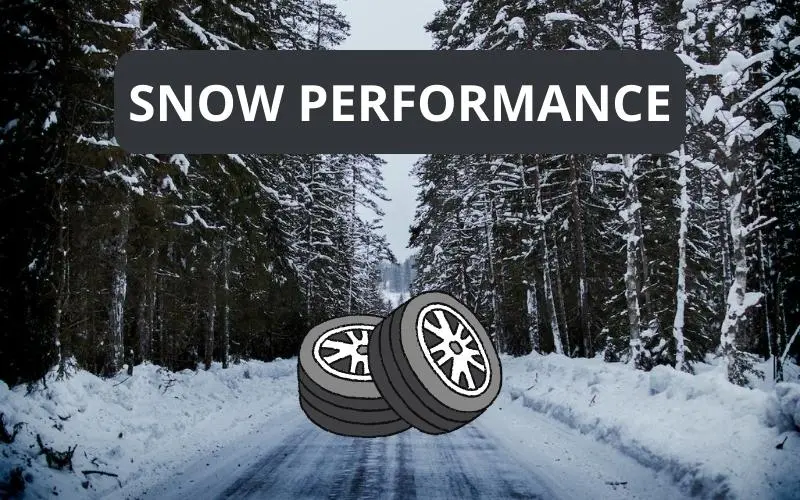
We all know that you need dedicated winter tires if you’re going to be driving on harsh winter conditions.
That’s why I’ll be comparing the snow performance of two specialized winter tires – Nokian Hakkapeliitta R5 vs Sumitomo Ice Edge.
Based on my assessment, I would rate the Nokian Hakkapeliitta R5 tire’s snow performance at 4.8 out of 5.
Its Double Block Grip design boosts grip and traction, resulting in reliable and predictable performance.
The eco-friendly focus further contributes to its overall rating.
On the other hand, the Sumitomo Ice Edge tire scores a 4.5 out of 5, offering excellent traction thanks to advanced technology and a studdable option.
Considering these ratings, the Nokian Hakkapeliitta R5 emerges as the better tire for snow performance.
4. Mileage Warranty and Tread Life
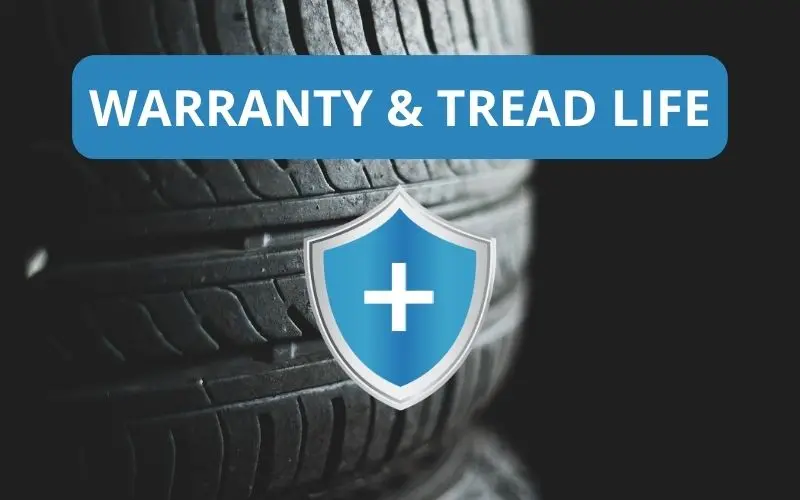
| Nokian | Sumitomo | |
| Treadwear Warranty | up to 80,000 miles tread life warranty | up to 90,000 miles tread life warranty |
| Average Tread Life | The lifespan of Nokian tires can vary but on average they can last anywhere between 40,000 to 85,000 miles. | Overall, Sumitomo tires are known to have a relatively high lifespan, with most models lasting between 55,000 to 70,000 miles. |
After researching, I found that Nokian and Sumitomo tires have different mileage warranties and average lifespans.
Nokian offers a treadwear warranty of up to 80,000 miles, while Sumitomo offers up to 90,000 miles.
On average, Nokian tires can last between 40,000 to 85,000 miles, whereas Sumitomo tires generally have a lifespan of 55,000 to 70,000 miles.
It’s clear that Sumitomo tires tend to have a longer average lifespan compared to Nokian tires.
5. Prices
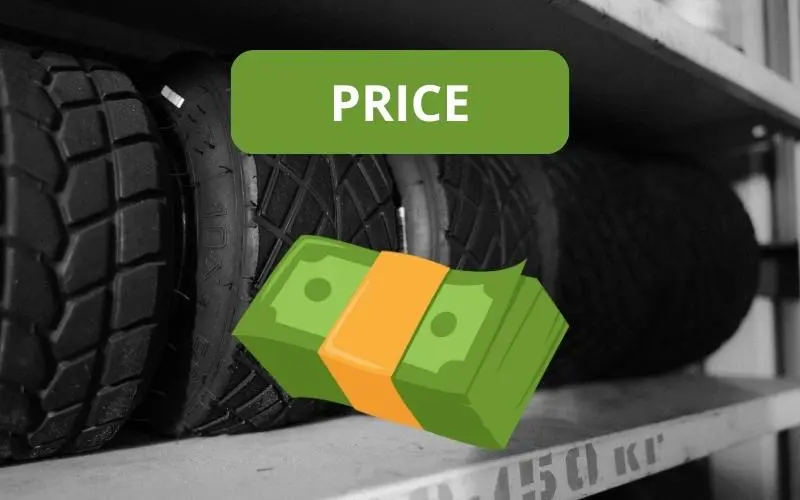
In this section, I’ll be taking a look at the price ranges of both tire brands – Nokian vs Sumitomo.
I’ll be using one of the biggest tire and wheel retailers in the US for this comparison – Discount Tire.
Here is a comprehensive table that showcases each brand has to offer:
| Nokian | Sumitomo | |
| Average Price Range (Discount Tire) | $73 to $585 /ea | $84 to $475 /ea |
| Cheapest Tire (Discount Tire) | Nordman 7 goes from $73 – $177 /ea | HTR Enhance LX2 goes from $84 – $162 /ea |
| Most Expensive Tire (Discount Tire) | Hakkapeliitta 10SUV goes from $173 – $696 /ea | Encounter AT goes from $146 – $475 /ea |
6. Pros and Cons
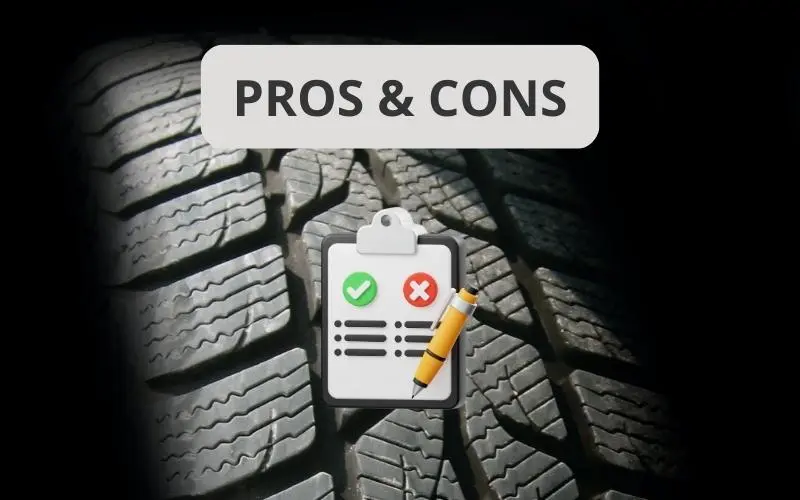
Nokian
| Pros | Cons |
| ✔ Your go-to brand for winter tires and only tire manufacturer in the world with its own permanent winter tire testing facility | ❌ Limited market presence |
| ✔ Wide range of tire options for different types of vehicles, including cars, trucks, buses, and heavy-duty equipment | |
| ✔ Innovative technology, such as the Hakkapeliitta R3’s “Aramid Sidewall Technology,” which uses the same material used in bulletproof vests |
Sumitomo
| Pros | Cons |
| ✔ Generally considered to have good performance, including grip, handling, and braking | ❌ None |
| ✔ Sumitomo tires are known for their affordable prices | |
| ✔ Widely available |
7. Popular Tires

Here are some notable tires from Nokian:
- Hakkapeliitta R3
- WR G4
- Rotiiva AT Plus
Some of Sumitomo’s best tires are shown below:
- HTR A/S P02
- HTR Enhance L/X
- HTR Z5
Which Is the Better Brand Overall?
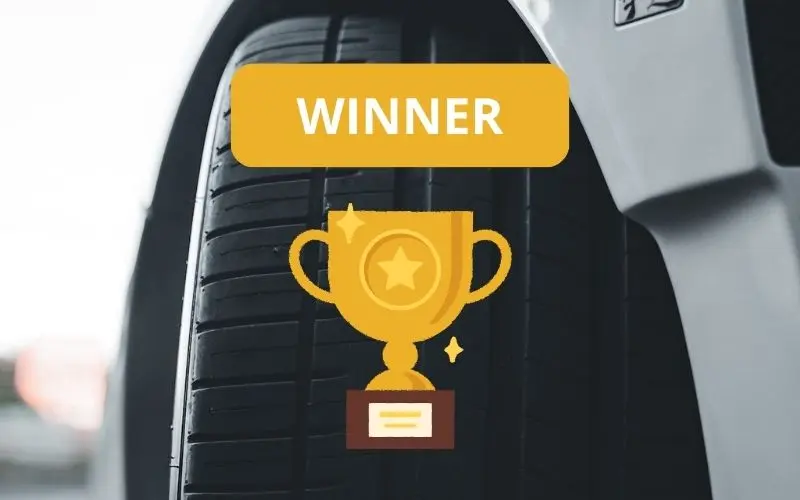
After evaluating the dry performance, wet performance, snow performance, mileage warranty, and average lifespan of Nokian and Sumitomo tires, I have determined that both brands have their strengths.
However, when considering the overall performance and value, Nokian emerges as the better pick.
With impressive winter tires and innovative technology like “Aramid Sidewall Technology,” Nokian offers a wide range of options for different vehicles.
Although Sumitomo tires have good performance and affordable prices, Nokian’s expertise in winter conditions and their commitment to quality make them the winner in this comparison.
